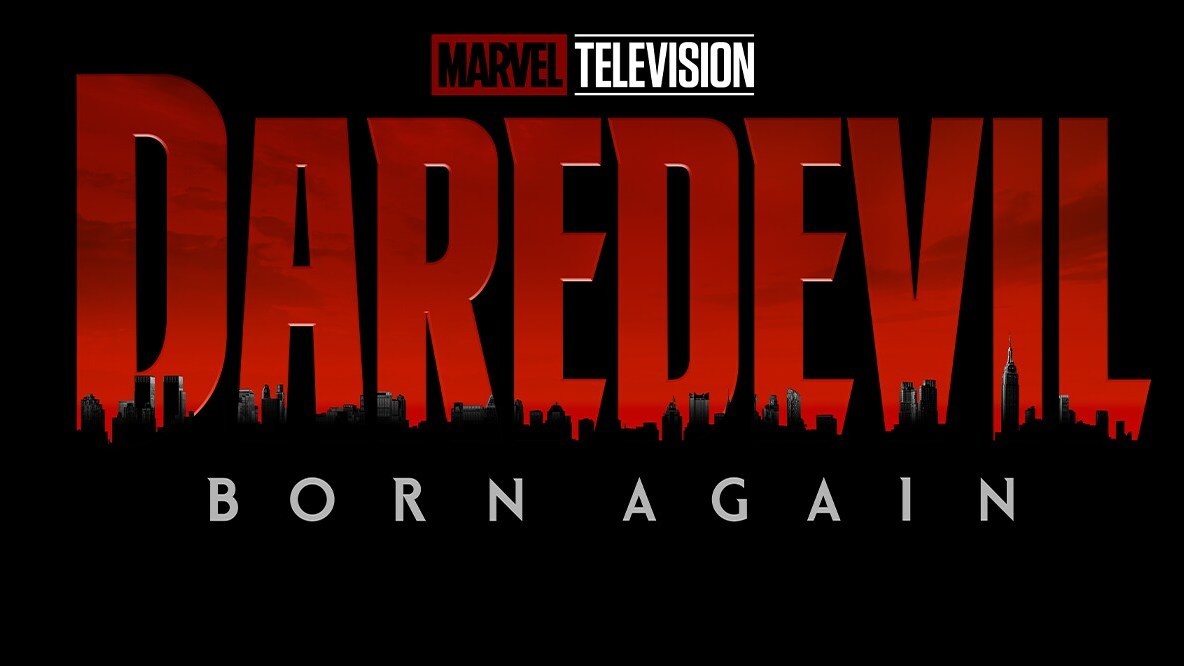This review contains spoilers for episodes one through four of “Daredevil: Born Again.”
After countless delays and a massive creative overhaul that led to major plot and character rewrites, Matt Corman and Chris Ord have overcome all the negative media buzz and are delivering on a worthy successor to what most fans would deem as the upper echelon of superhero television – “Daredevil.” Episodes one through four see Matt Murdock (Charlie Cox) hang up the cowl after the death of his best friend, Foggy Nelson (Elden Henson). Now estranged from his Netflix counterparts, Murdock navigates his life as a civilian lawyer. All the while, Wilson Fisk (Vincent D’Onofrio) has ascended to the mayorship of New York City and seeks to outlaw all vigilantes.
While continuing the highly praised Netflix series set unrealistic expectations for this new adaptation, “Born Again” has been able to succeed by subverting and even surpassing what came before.
Since the review started off with so much praise, it is important to note that there is a negative and a mixed aspect of “Born Again.” The negative is the CGI. Yes, while it is a cliche to complain about the visual effects in a Marvel project, this isn’t exactly that. Also – no – this is not the cry of a broken-hearted fanboy wanting to cast off CGI and return to the grounded and gritty glory of “Daredevil” season one’s practical stunt work. The heavier VFX shots of Daredevil swinging around NYC look great and bring the acrobatic nature of Murdock comic counterpart to the Marvel Cinematic Universe – a feat that could not be accomplished without the employment of visual effects.
No, this complaint against the CGI is about the pigeons. “Born Again” was shot on location in New York City, so why the pigeons have been recreated digitally instead of simply filming the real-life bird is just an odd and unexplainable choice. When the show cuts to these critters, they haven’t been shown doing impossible or “un-pigeon-like” tasks. All they do is walk around or eat something off of the floor. The decision to make VFX artists work on a small detail that could have been easily executed practically, while not show-ruining, is a bit distracting.
Since the CGI pigeons are this show’s negative, it only makes sense that it coincides with the mixed aspect of the series thus far – the BB Reports. Cutting to on-the-street interviews of civilians reflecting upon the social and political climate of their city adds a depth of realism. It fleshes out this living breathing community and makes audiences truly pay attention and understand the weight of their character’s actions. While the audience understands why Murdock stopped being Daredevil, hearing from civilians that they no longer feel safe at night as a result of his decision, highlights the show’s moral complexity that it develops so well.
Where the BB Reports become divisive is in their execution. Not only does it slam those CGI pigeons in audiences’ faces, but the abrupt change from gripping character work shot on movie-level cameras to a civilian speaking politics caught on a cellphone can sometimes break the episode’s pacing. Individual scenes have had massive emotional effects on both the characters and audience and the BB Reports disrupt that brief moment of reprieve needed to reflect by cutting to a random passerby. Again, in theory, this is spectacular world-building but in execution, it sometimes feels disjointed in such a well-thought-out series.
Nitpicks over and done with, “Born Again” manages to not only continue what audiences loved about the original series but actually improves on minor details – details that go a long way. The first improvement is, surprisingly, the opening credits. “Daredevil’s” intro is iconic. The symbols Murdock stands for being simultaneously forged out of and covered in blood, creating the masked vigilante in its wake, is poetic. However, “Born Again” flips that on its head to make for a more dramatic title sequence. Concrete fixtures and beliefs in Murdock’s life crumble around him only for Daredevil to be rebuilt out of the remaining fragments. This beautifully reflects how the Devil of Hell’s Kitchen is more than a vigilante, he is a symbol in his own right – a symbol responsible for upholding the pillars of justice and judgment. Also, this intro is vaguely reminiscent of the panel from the “Born Again” comic by Frank Miller where Murdock reveals in the rubble of his demolished apartment building – making the show’s opening credit sequence a much welcomed and clever nod to the source material.
Another meaningful change for the better is the visualization of Murdock’s powers. The original show displayed it clearly enough but used them few and far between. “Born Again” has Murdock use them constantly to pick up on every footstep and heartbeat and they are visualized in a much more stylized fashion. Sound becomes distant and the edges of the screen fuzzy as the camera cuts to a close-up of whatever is making the noise. This excellent use of power signatures allows the viewer to hear the world through Murdock’s ears and makes them an active part of how scenes play out instead of a sidelined plot device to explain away how Daredevil knew someone was lying.
These minutiae are but a few of “Born Again’s” brilliant changes to an already phenomenal original run. The character work might be on par with “Daredevil” season three. The social commentary fleshes out New York City in a way the original show never really attempted and the plot, as of episode four, is looking to exceed all expectations.
If this series’ biggest issue is CGI birds, then “Born Again” might just be one of the greatest seasons of superhero television since “Daredevil’s” cancellation in 2018.
4.9/5

